Bolt Action allows us to re-fight the Second World War on the 28mm tabletop, and naturally all of the most well-known units of that conflict are represented in the Armies of… books. There are also, however, some… less famous forces featured. Some were simply very rare, while others were simply a bit… weird – we love them all the same! Today, we’re taking a look at such units within Armies of the Soviet Union, which has more than its share of the sublime and ridiculous – let’s shine the spotlight on some of the more unusual units found therein!
We’ll begin with infantry, where the anti-tank teams section gives us a pair of absolute belters. First up is the Ampulomet, also known as the ‘Molotov Launcher’, a strange mortar-like device used from 1941 to 1943 in unknown quantities. Somewhat similar in concept to the British emergency Northover Projector, the Ampulomet was a smoothbore weapon that used black powder to launch a spherical glass projectile filled with a frankly horrible incendiary mixture of phosphorus and sulphur that ignited on contact with the air. This was designed as an anti-tank weapon, seeping through engine grilles and open hatches to burn and smoke the crew out, but would presumably have done predictably unpleasant things to infantry as well. Inaccurate and never particularly reliable, it was out of service by 1943 as more efficient anti-tank solutions were devised and the war swung in favour of the Soviet Union. On the tabletop, however, it’s actually not atrocious – 40 points at Regular for a nice little HE template which also has the chance to set vehicles on fire on a roll of 6! Best of all, like the next entry on the list, you can take three of them in your army!
Ahhh, Dog Mines. Much has been made of their use by the Soviet Union and their supposed effectiveness (or lack thereof!). A brutally simple concept, the core of which was to train dogs to run beneath enemy tanks, where a bomb attached to them would detonate, destroying the tank (and being unfortunately bad for poor Fido’s health!), the idea was born from Soviet desperation to stop the onrushing German armour during Operation Barbarossa. Rather predictably, the project ran into a number of issues, ranging from the thoroughly understandable (the dogs, terrified by gunfire and explosions, simply ran away) to the bleakly comedic (training had been conducted with Soviet tanks, so when released the dogs ran… under friendly vehicles, exactly as they had been trained!), but the Soviets claimed a surprising number of enemy tanks destroyed using the scheme. Of course, these figures must be taken with a pinch of salt, but it is undeniable that at least some enemy vehicles were destroyed by the dogs! Thankfully (for dogs and German tankers alike!), the project was more or less abandoned after 1942, for much the same reason as the Ampulomet, but naturally they’re in the army book! Beloved of Soviet tournament players, Dog Mines are cheap at 36 points for Regular, and an absolute menace to stationary vehicles. Of course, there is the possibility that they run away instead, or blow up under a friendly tank (to much sniggering from opposing players), but that +5 Penetration is nothing to scoff at when it does go off – and once again, you can take three of them!
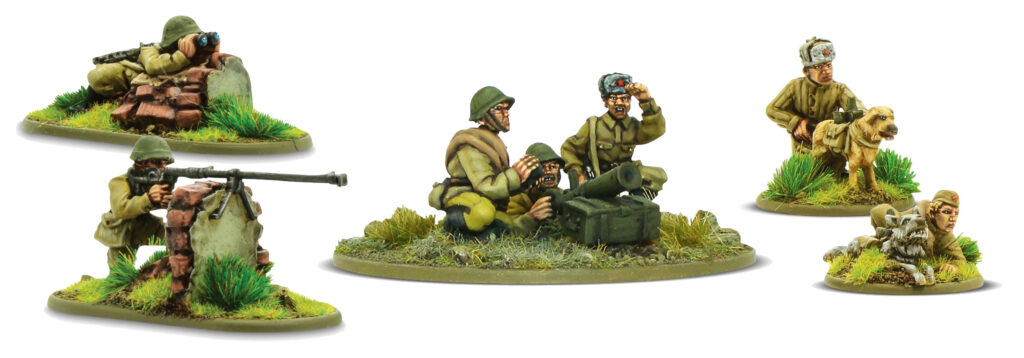
Moving on to the vehicular side, we come to the gargantuan T-35. An inter-war tank design in the classic ‘land battleship’ style, the T-35 was a frankly bonkers five-turreted design with a crew of 11 bristling with weapons pointing in all directions. It looked huge and imposing, and on paper was a serious threat to be reckoned with, particularly for early-war German armour. Unfortunately, in reality… it was a bit rubbish! As with so many heavy tank designs, the transmission was weak and unreliable. The crew compartment was incredibly cramped for such a large vehicle, making fighting difficult, and the armour was relatively thin. 48 were operational in 1941, of which only four survived long enough to be retired, and the type fared poorly in combat against more modern German armour. Despite this poor historical performance, you do actually see them crop up from time to time in Soviet lists. At 270 points for a Regular it’s a touch pricey, but a 9+ Damage Value box with five MMGs, a light howitzer, and a light anti-tank gun certainly brings a lot of ‘dakka’ to the table. The Unreliable special rule does accurately reflect how difficult the T-35 was to operate, but it’s an interesting and unique choice for a Soviet army.
From the big to the small, we come to the Tachanka. It’s literally a Maxim MMG mounted on a horse-drawn cart – what’s not to love? A fantastically simple concept, designed to provide mobile fire support to Soviet cavalry, these contraptions were actually surprisingly effective in open country, particularly if they were able to reach a defensive position and set up before the enemy arrived. On the other hand, they weren’t particularly fast, quite difficult to hide, and very vulnerable to enemy fire, but despite this saw service throughout the war. At a mere 20 points at Regular it’s a great option for the budget-conscious Soviet commander, provided you can keep it safe. With a Damage Value of only 3+ it’s (very literally) soft-skinned, but then again horses aren’t particularly known for their bulletproof skin!
Lastly we have one of my favourite goofy vehicles in the entire game – the Aerosan. As a quick aside, my best friend and I have a longstanding tradition of buying each other absolutely useless units for our respective birthdays, with the recipient being obliged to field said unit in battle – I’ve been threatening my buddy with an Aerosan for a few years now! To be fair to the Aerosan, there’s absolutely nothing wrong with it in real life! A unique snowfaring vehicle that was little more than a sled powered by a lightweight aero engine and propellor, it was used for reconnaissance and light utility work in the frozen regions of Russia, and could also ‘transport’ ski troops, literally pulling them along behind it! Variations on the concept still serve to this day, being perfectly suited for the snowy environment. So why on earth is fielding this eminently sensible vehicle in Bolt Action being used as a threat? 40 points for a Regular 7+ vehicle with an LMG isn’t bad at all, but ah – there it is: it can only travel over snow or flat ice. This is absolutely fine for themed games when you know you’re going to have a snowy table, and in fact I would be the first to advocate for taking one in that situation. However, in a pick-up or tournament situation… that’s quite a few points for a stationary LMG bunker, even if that is conceptually very funny!
Campaign Supplements
These Bolt Action supplements contain additional rules, with new Soviet Union units and theatre selectors, some equally as odd as those above, to lend even more flavour to historical games set during a particular campaign or battle.
Order any of the following books directly from the Warlord Games Webstore and you’ll receive a free special-edition miniature alongside it!
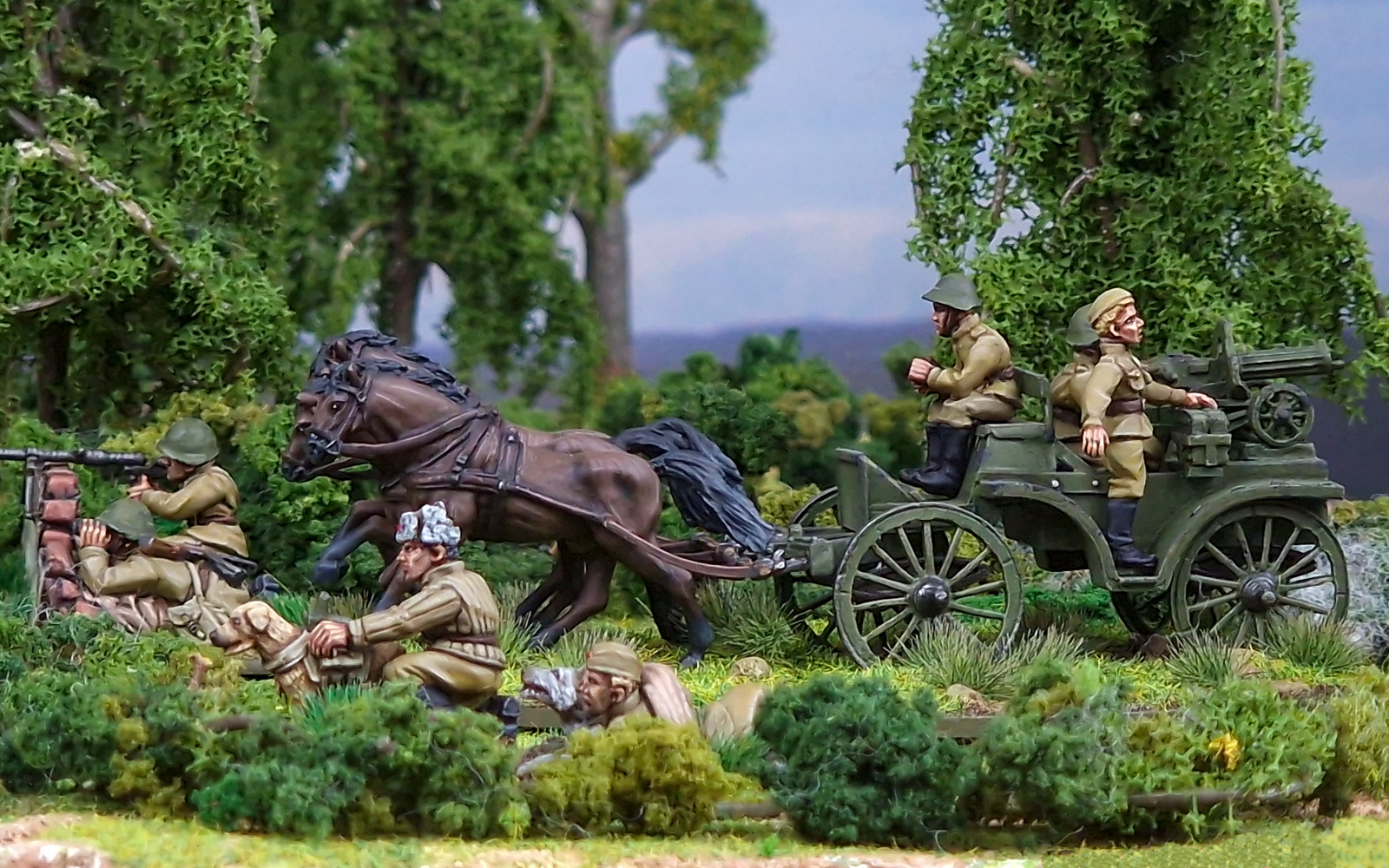
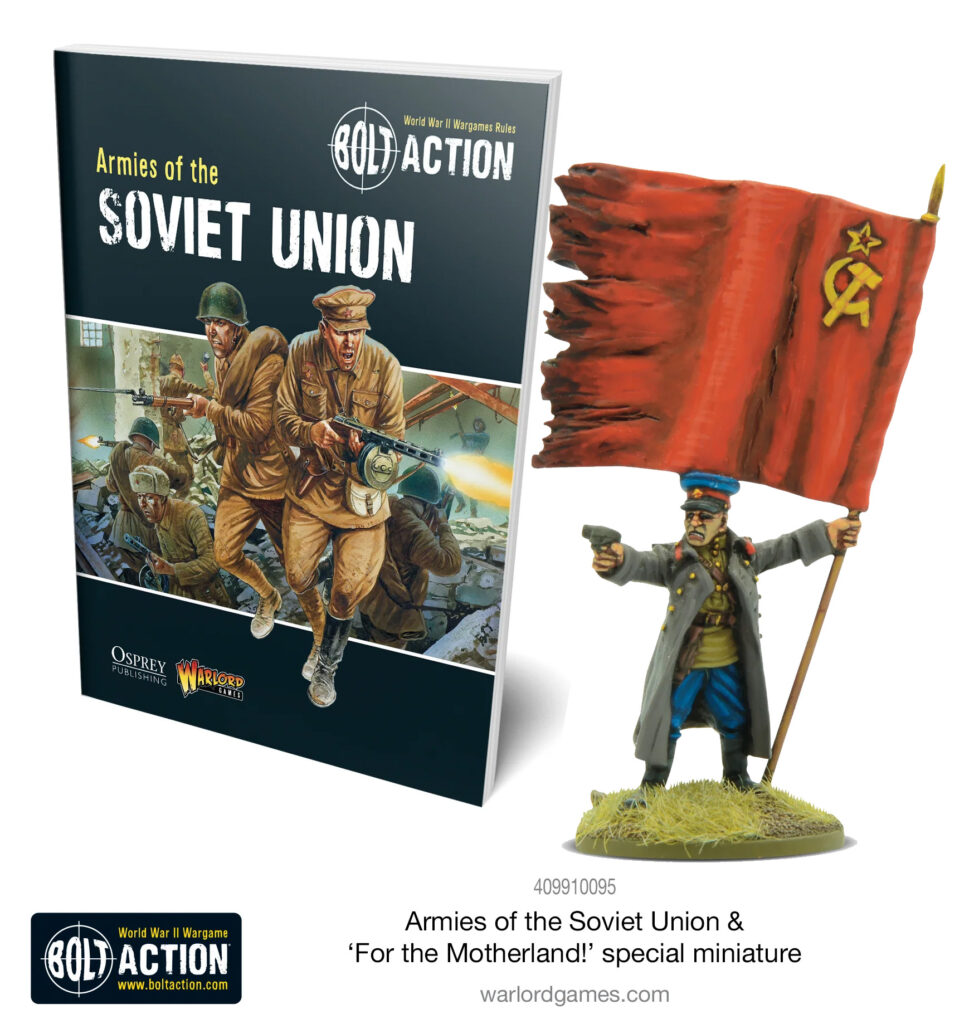
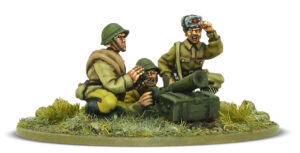
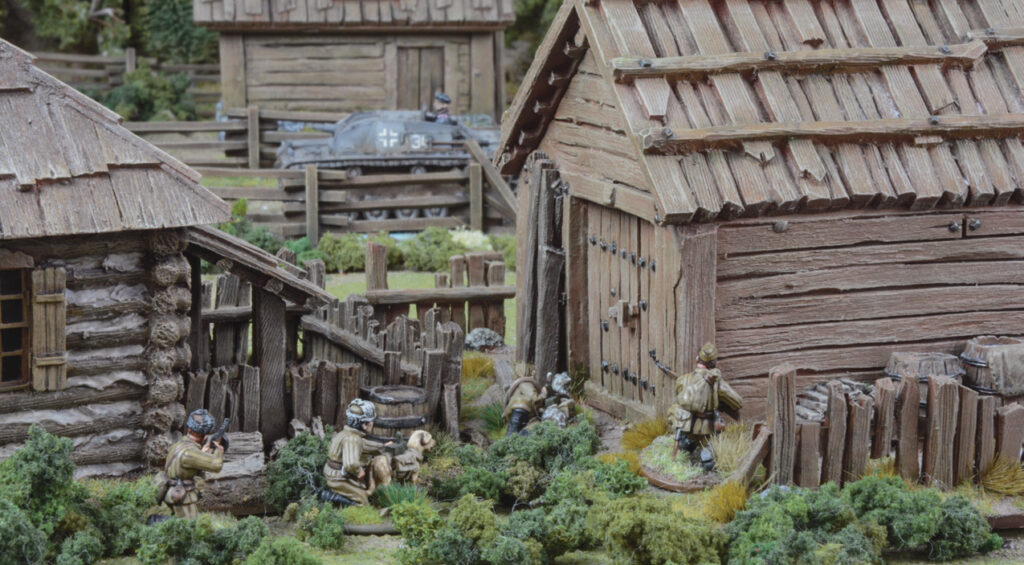
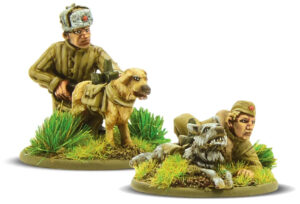
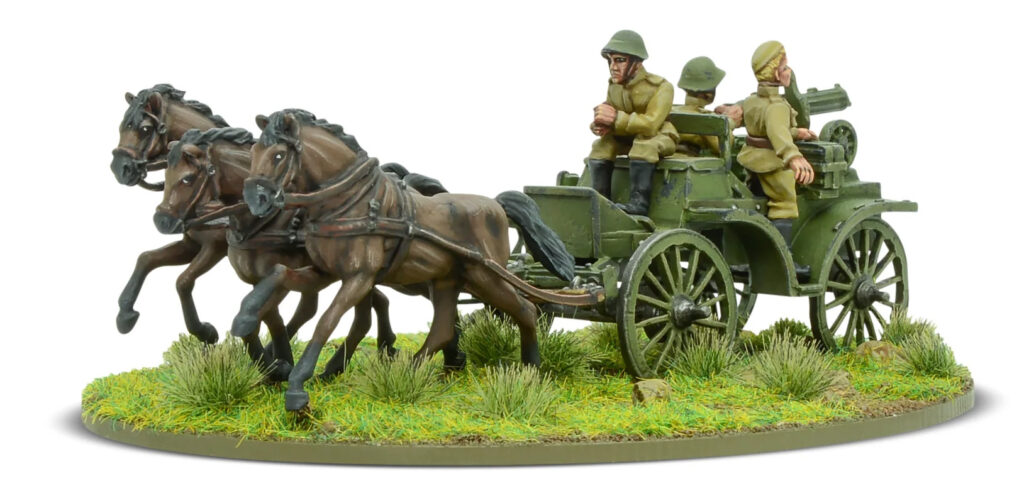
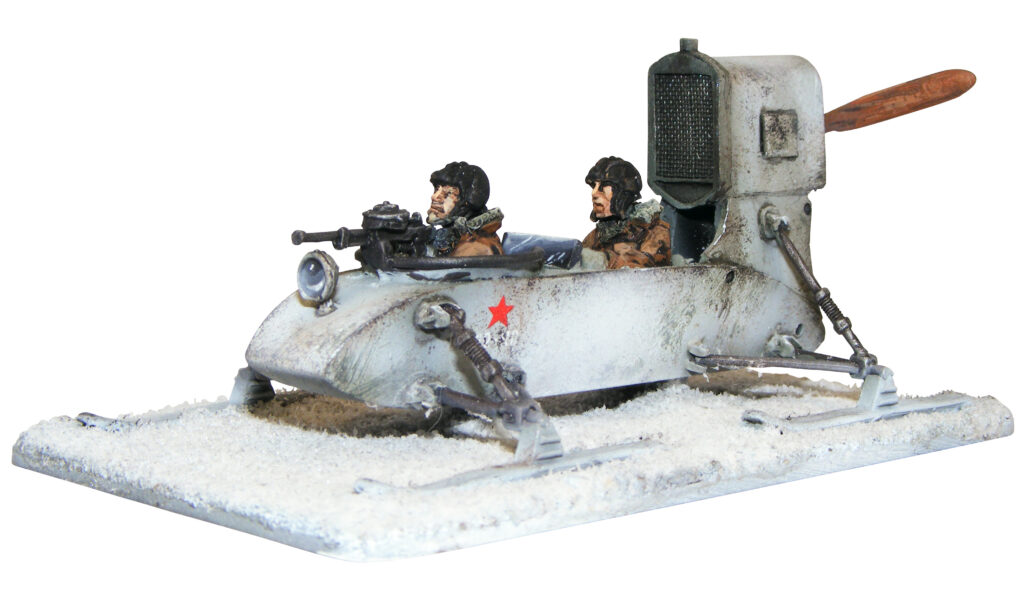
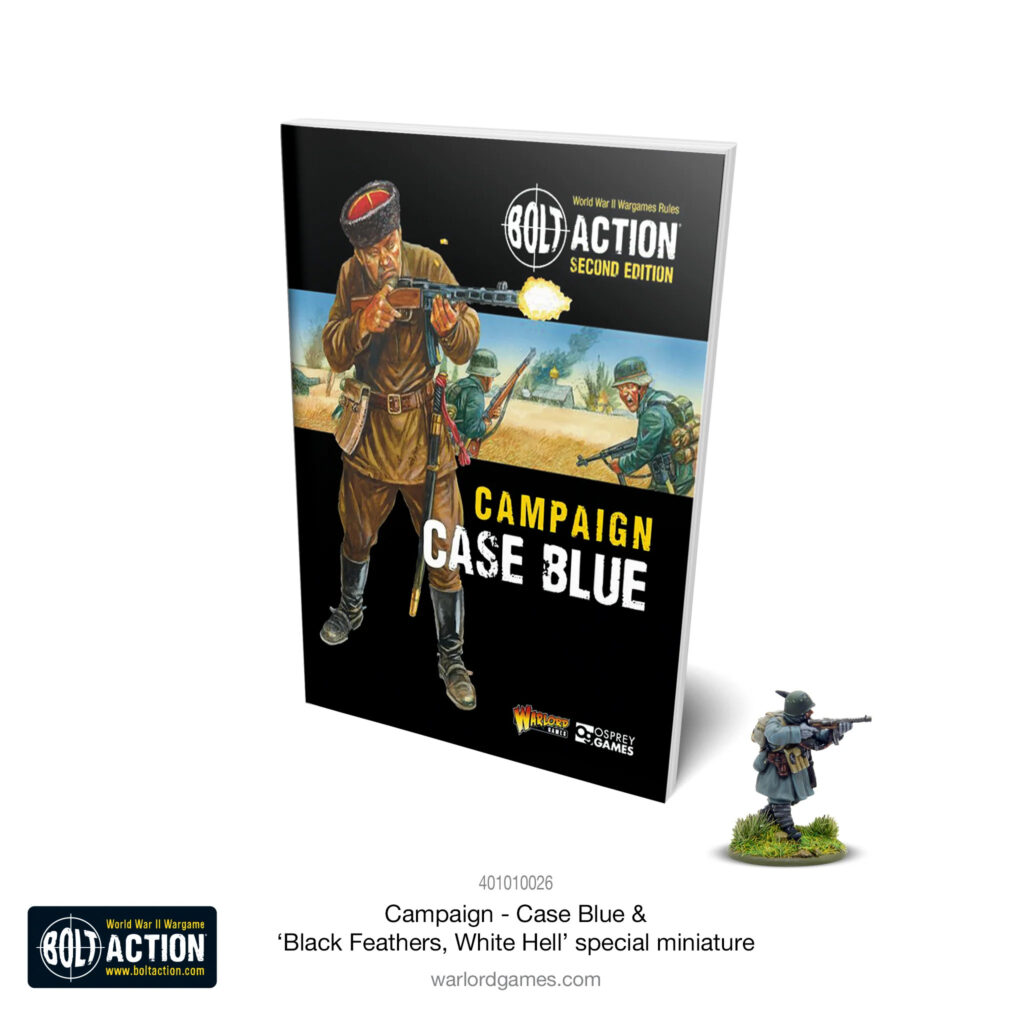
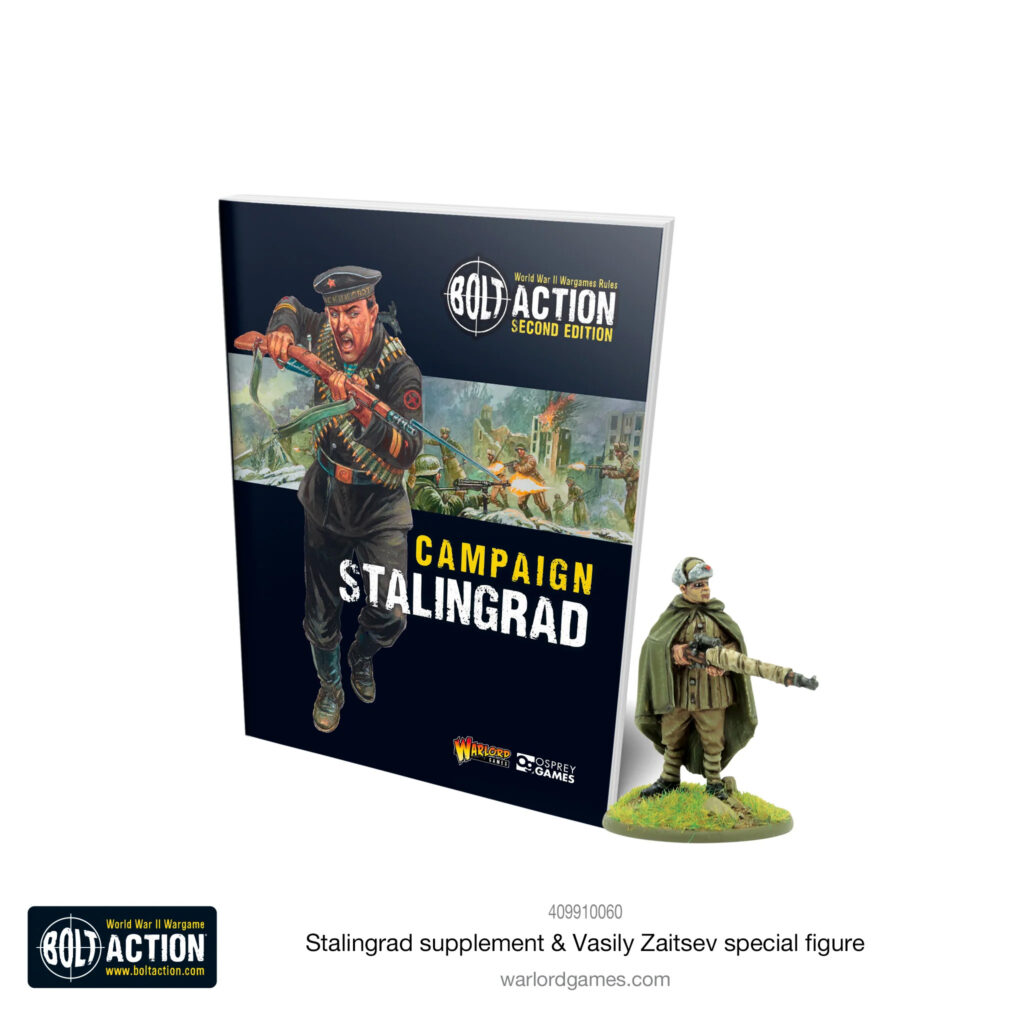
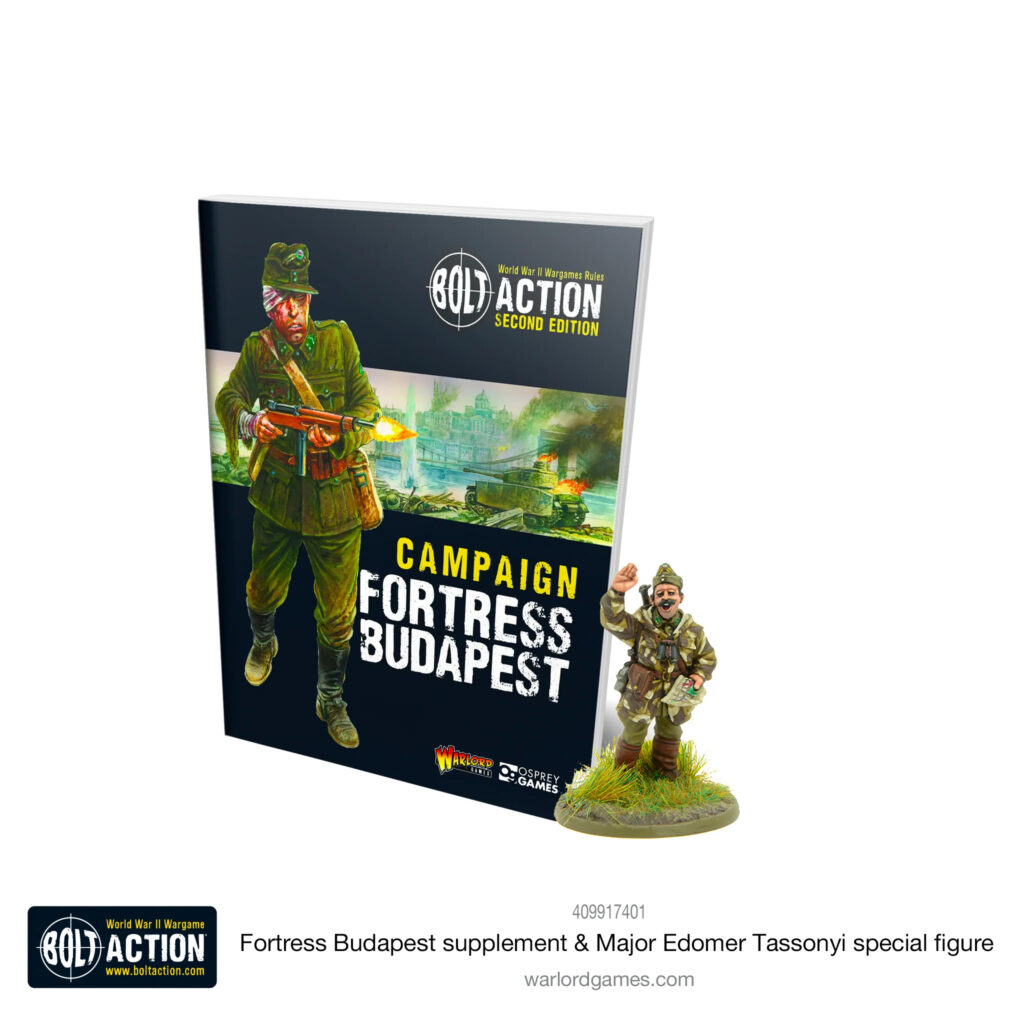
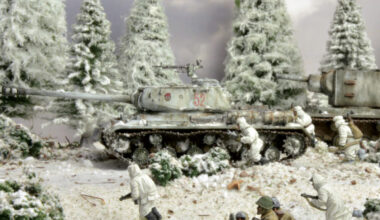
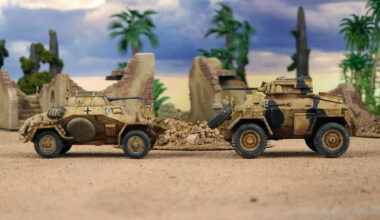
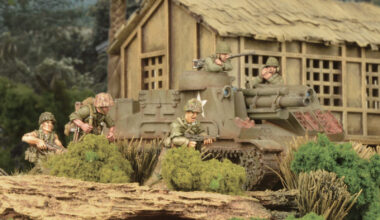
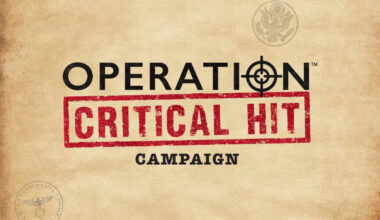
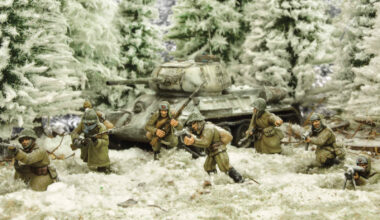
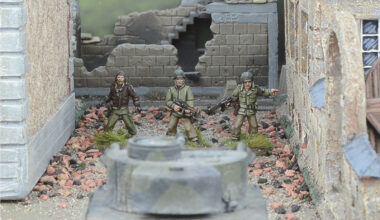
3 comments
Rules question,
You mentioned that Bomb Mines do not need line of sight. Where does it say they don’t need line of sight to fire? In the Soviet it book it says “Dog Mines are fired as normal…”
Would love some clarification on this!
Maybe an edit is due on dog mines, in case players start quoting “they don’t need line of sight to attack”. The only time dog mines don’t need a line of sight to their target is when you roll a 1 and attack friendly vehicles.
Sorry about that. I have corrected the text. I suspect Marcus is just used to rolling so many 1s.
Comments are closed.